Religious subjects occupy a prominent place in Goya’s work, but these works are less well-known, as critics most often emphasize the artist’s innovation and only superficially touch on the connections
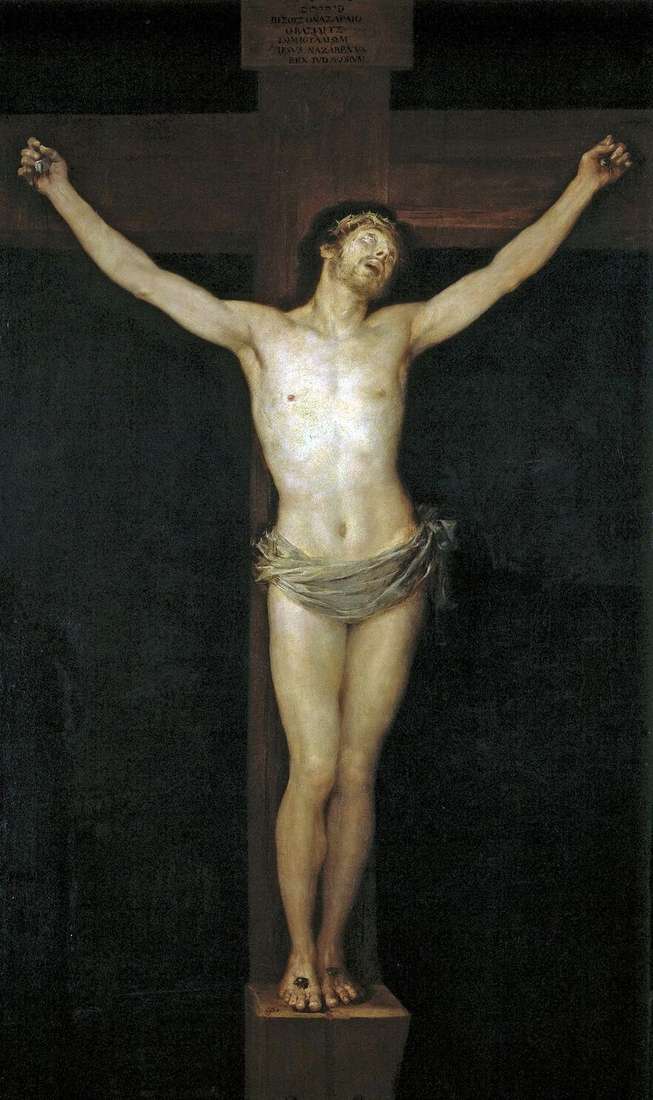

Religious subjects occupy a prominent place in Goya’s work, but these works are less well-known, as critics most often emphasize the artist’s innovation and only superficially touch on the connections
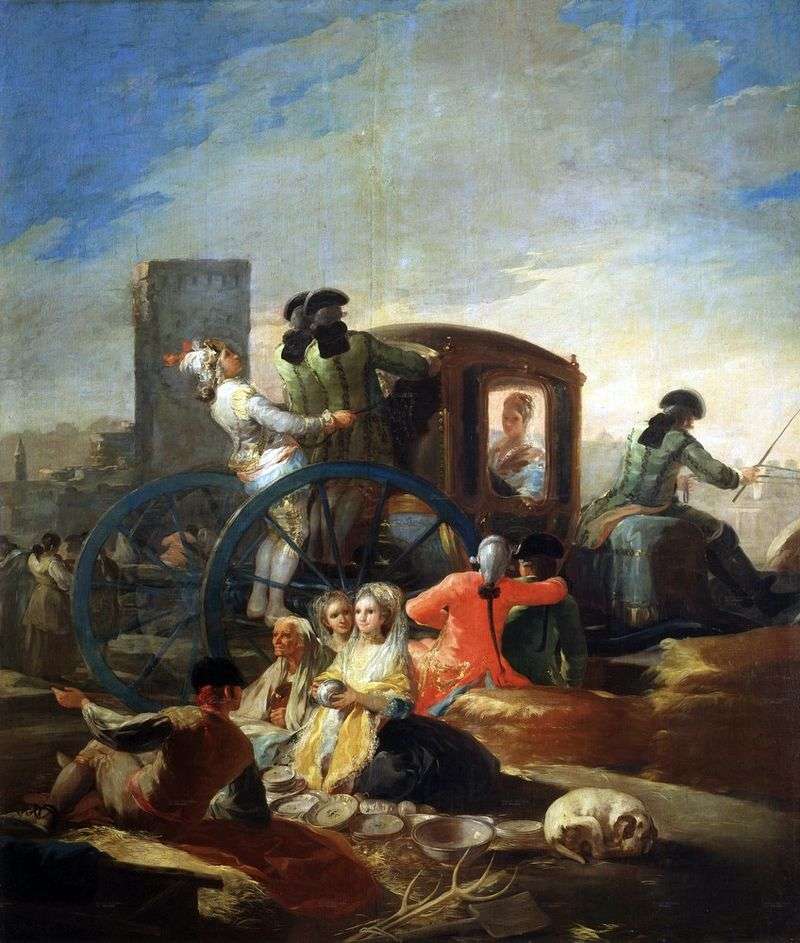
The painting is written in a characteristic Goya expressive manner and filled with characters. She has a complicated multifaceted composition, which does not even allow you to immediately grasp the
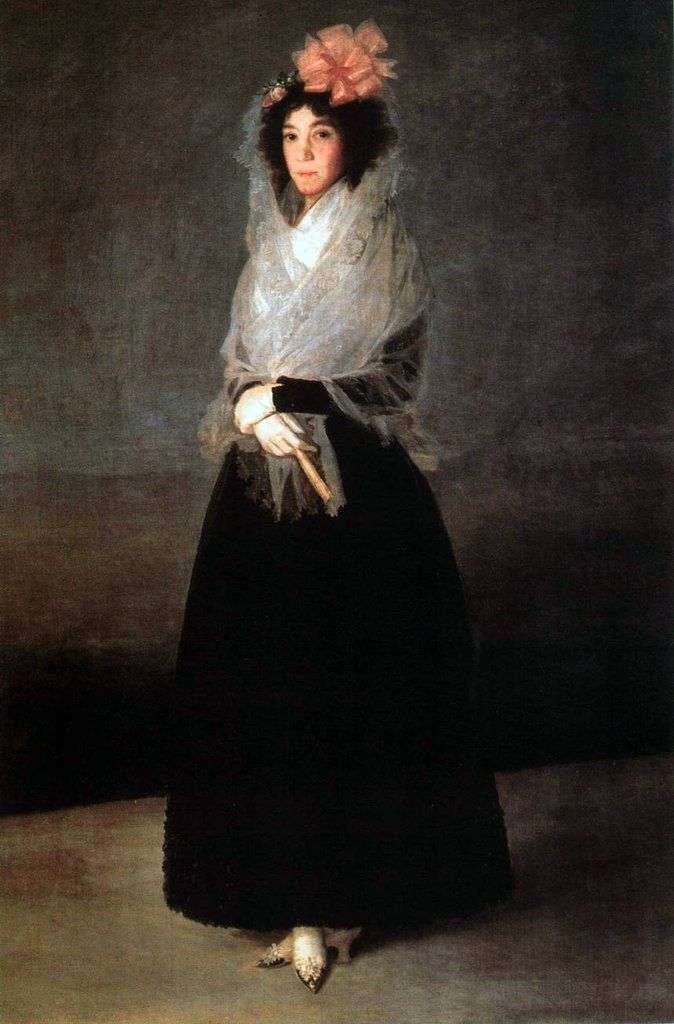
“Portrait of the Countess of Carpio, the Marquis de la Solana” was written in the early 80’s of the XVIII century. The female figure is transmitted by a dark silhouette
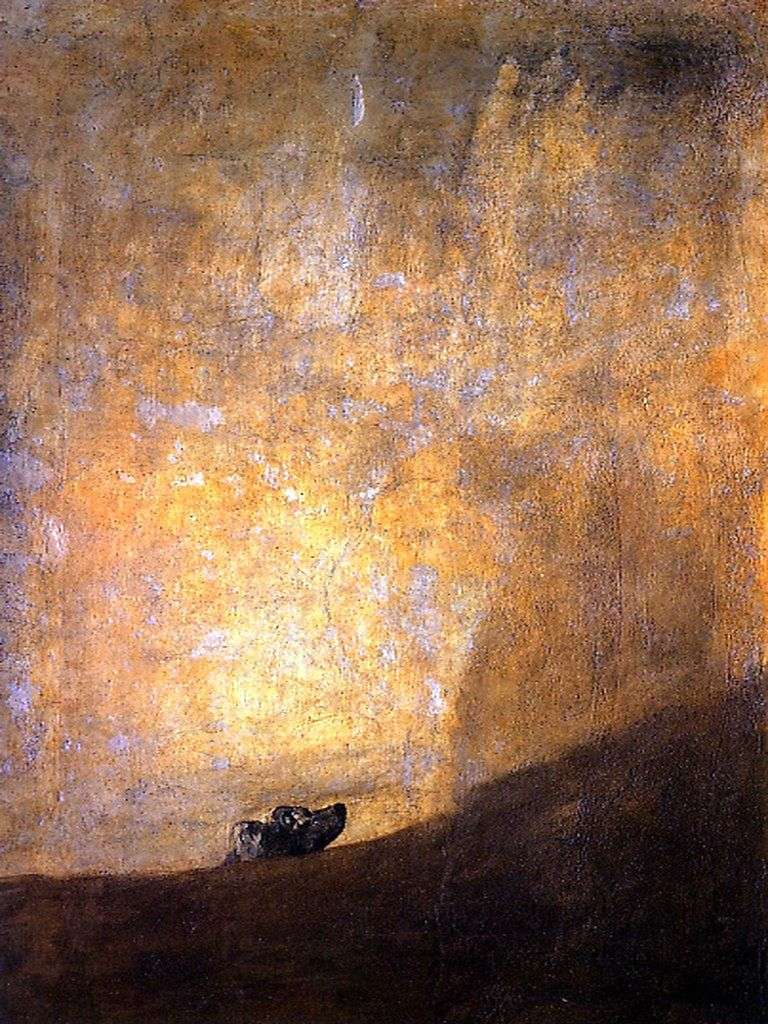
Between 1820 and 1823, Goya decorated two large rooms of his house with a series of paintings, which later became known as “blacks” for their gloomy colors and themes, reminiscent

The leading Spanish painter of the late 18th, early 19th century, Francisco de Goya distinguished himself by etching, engraving, creating tapestries and paintings, becoming the leading artist of the royal
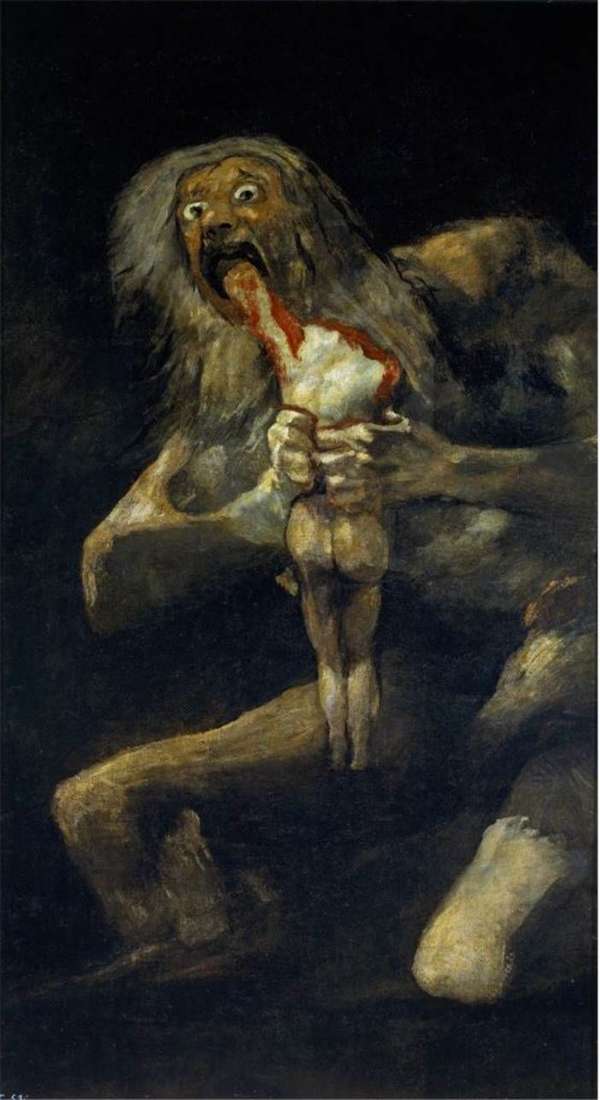
“Saturn, devouring his son” – one of the most memorable and unforgettable images of Goya, belonging to a series of “black paintings.” These frescoes are created by Goya on the
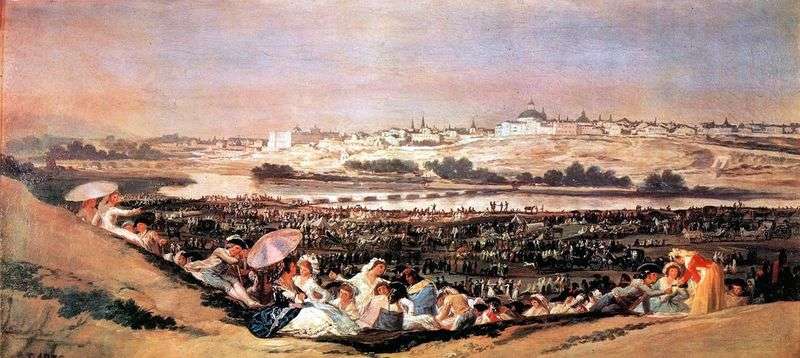
This painting no one ordered the artist, he wrote it for his own pleasure. She portrayed romery – a folk festival in honor of St. Isidro, the patron saint of
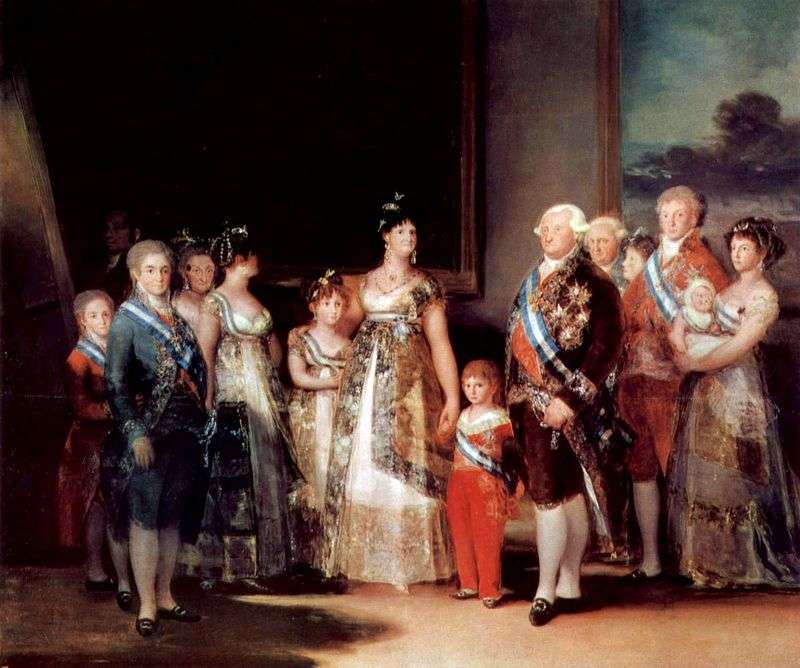
King Charles IV ordered Goya to write a group portrait of the royal family. Previously, Goya made sketches of individual members of the family, and then proceeded to the group
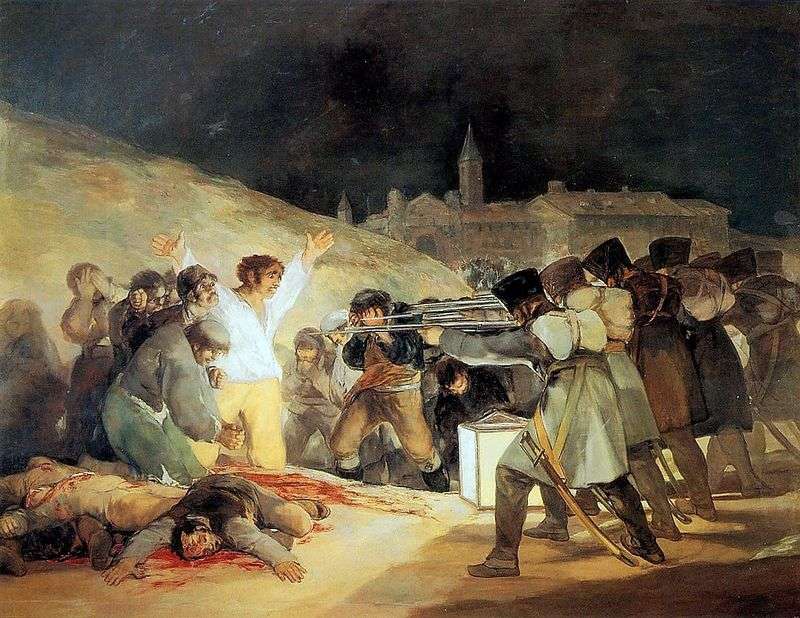
This picture is not only a masterpiece of Goya, but also one of the highest achievements of European historical painting, its paradigm. It recreates a real event. After the battle
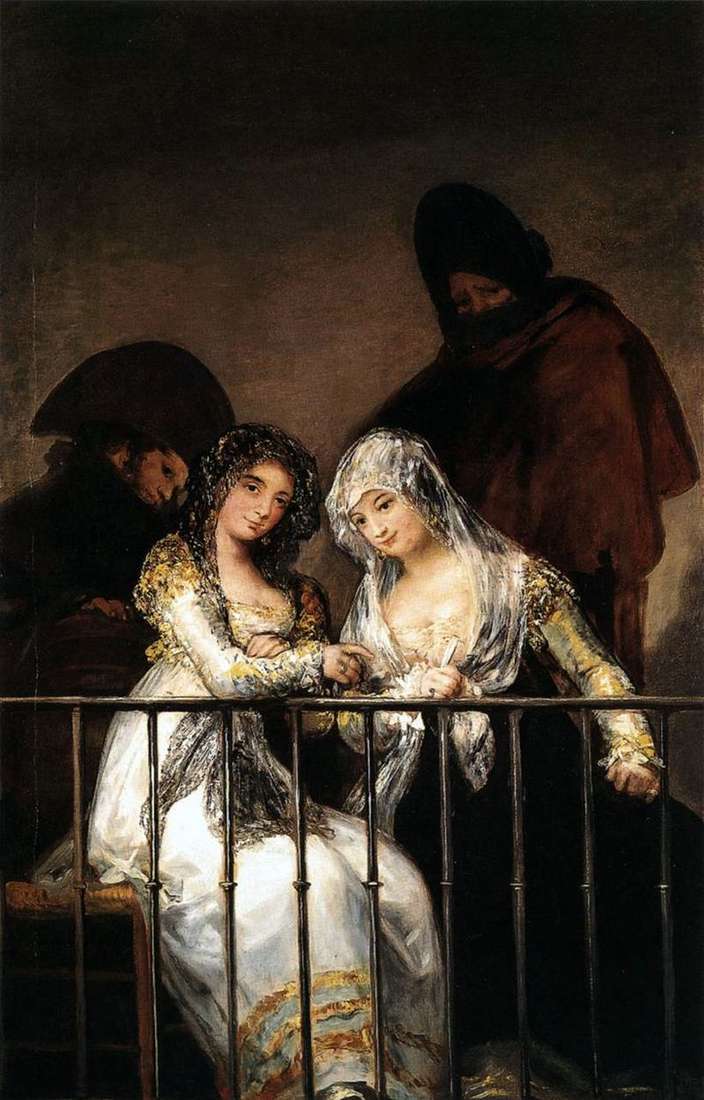
To the image of Maha, the girls from the very thick of life, the typical Spanish, Francisco Goya, whose painting combined realism and the tart taste of his fantasies, came
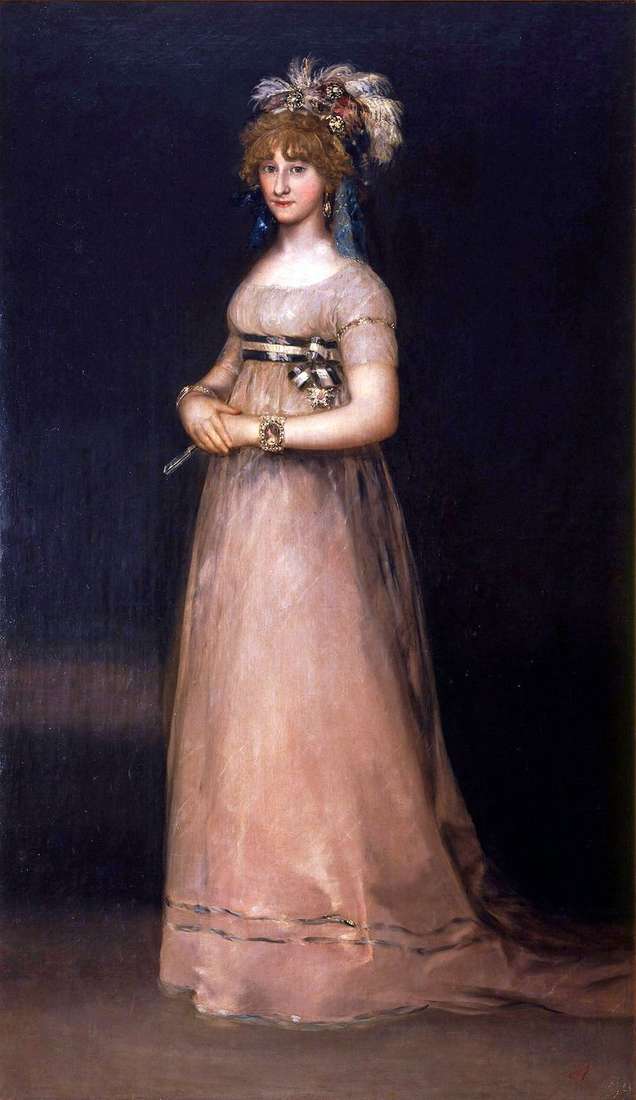
The stretched format of the picture and the thickening darkness as background give the countess a particular fragility, accentuated by a light, airy dress of light gray-brown color with pink

The queen is represented in the form of a mahi – a girl from the people, so Maria-Louise herself wished. Here she stands in a natural and at the same
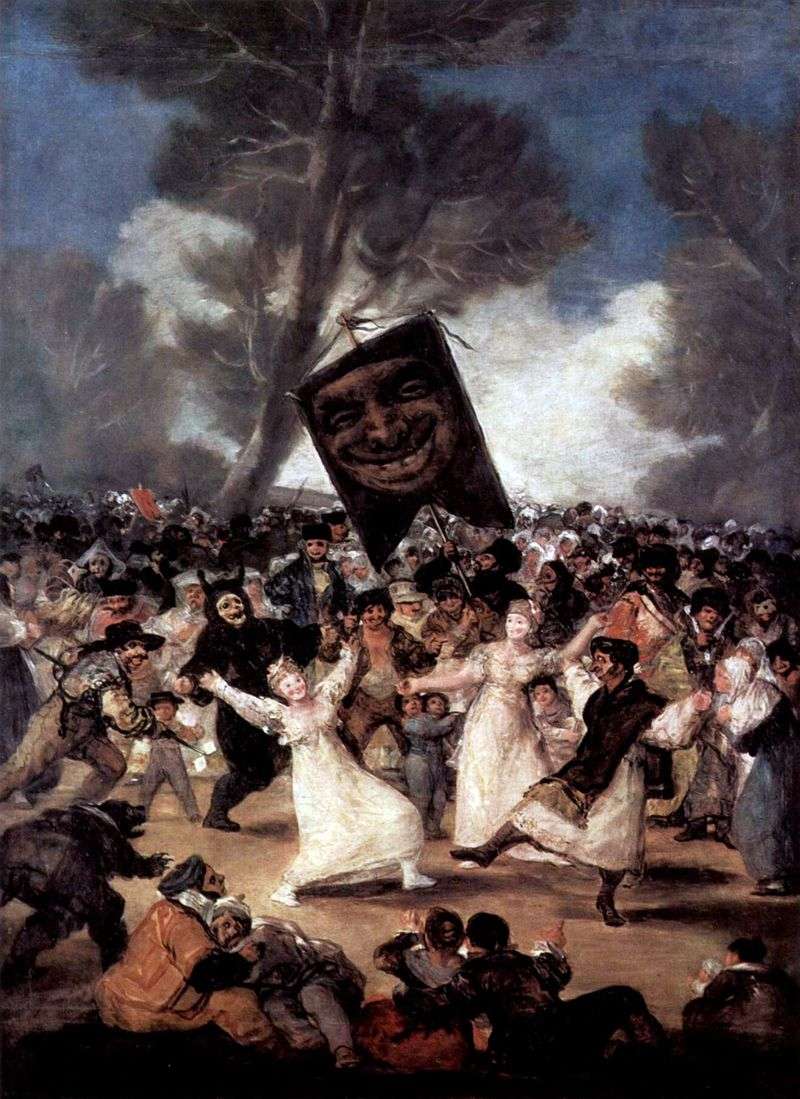
This strange picture depicts Mardi Gras Tuesday, when, in the center of Madrid, carnival processions began. This annual holiday ended with the funeral of sardines, on which, in fact, Maslenitsa
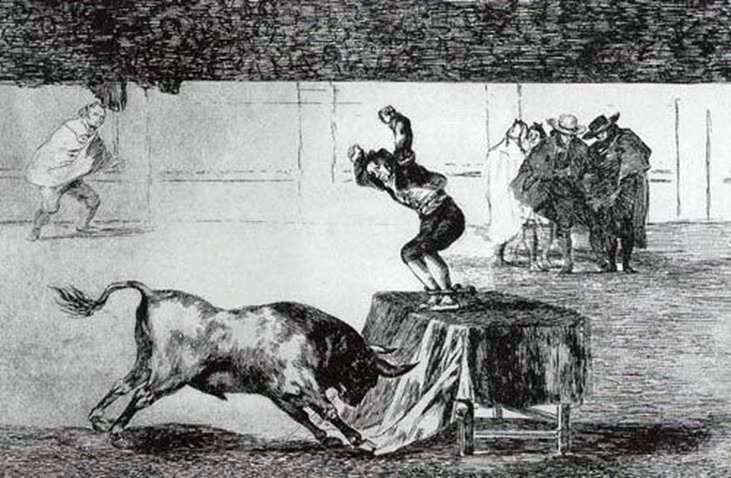
Goya was one of the most skillful and original engraving artists of his time. In this genre he was guided by Durer and Rembrandt. Technically, the engravings of Goya are
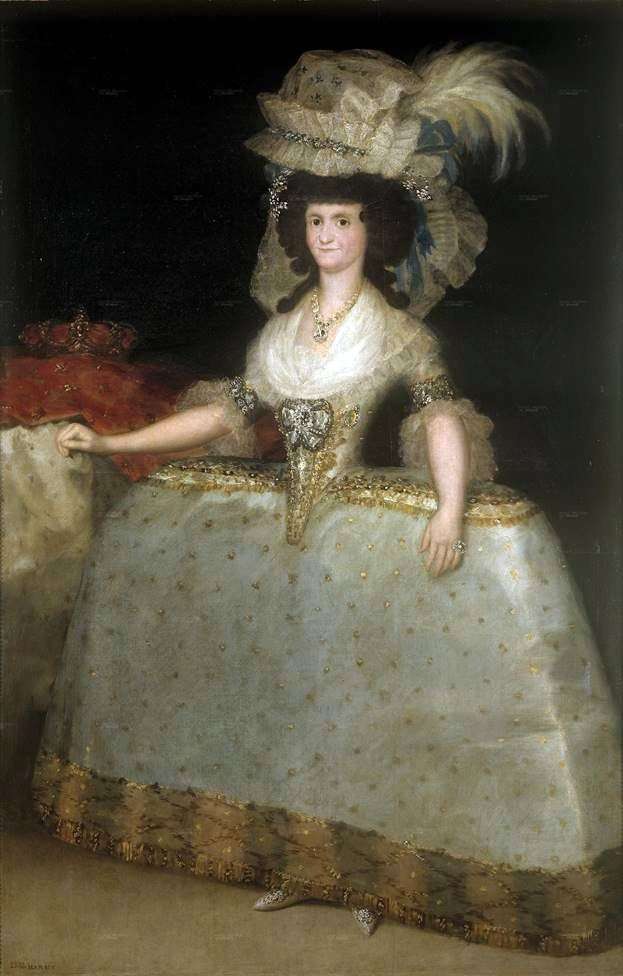
The wife of the weak-willed Charles IV, on the contrary, was known as a strong and power-hungry woman. What can not be said about high morale. It was in the
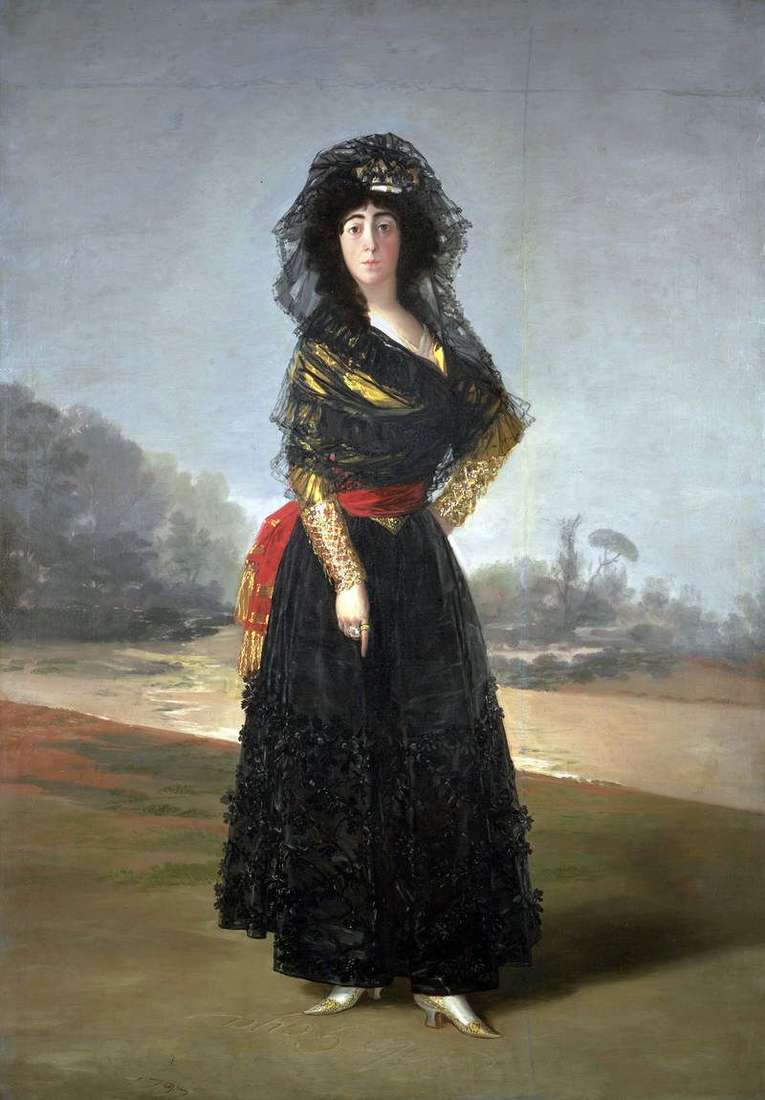
Although this portrait was painted by Goya shortly after the death of the husband of the Duchess of Alba, her black outfit is more romantic than mourning. This dress was
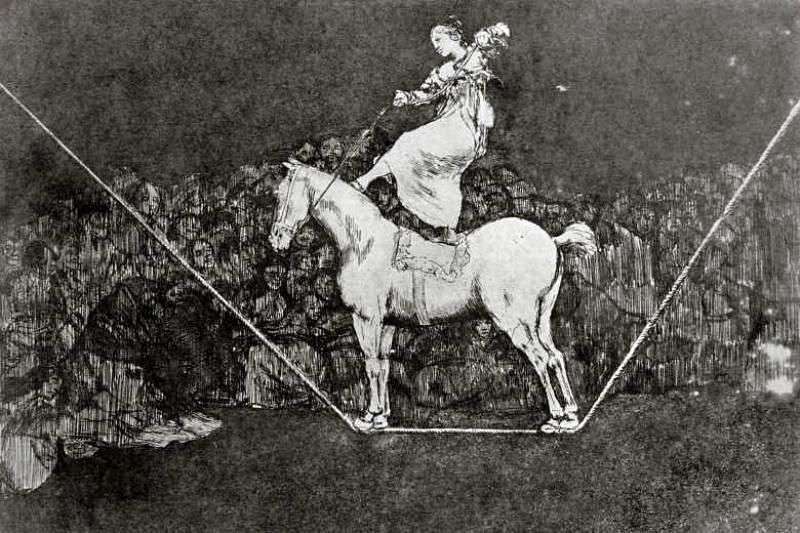
Around 1820, Goya creates his last series of engravings – a series of parables, dreams called “Disparate.” 21 sheets of complex, most difficult to understand, the most individual and strange
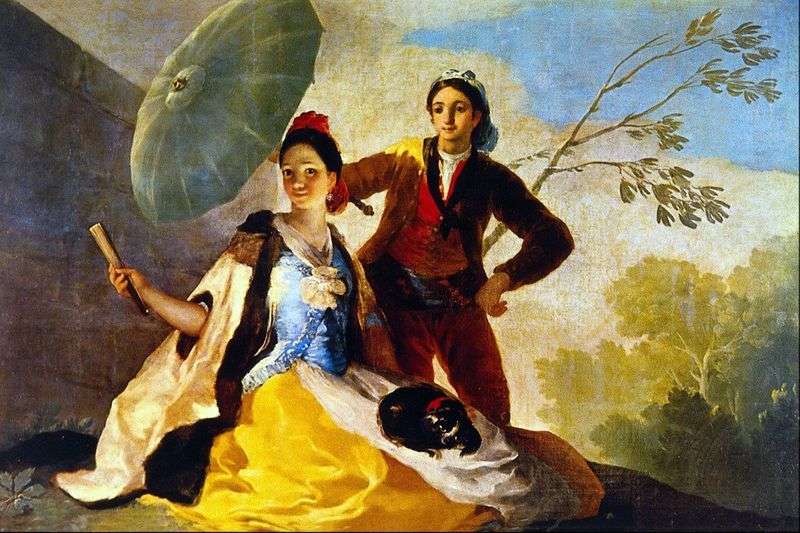
This canvas was created in the so-called era of tapestries – the time when Goya wrote more than 60 samples for making carpets. All of them are amazingly colorful and
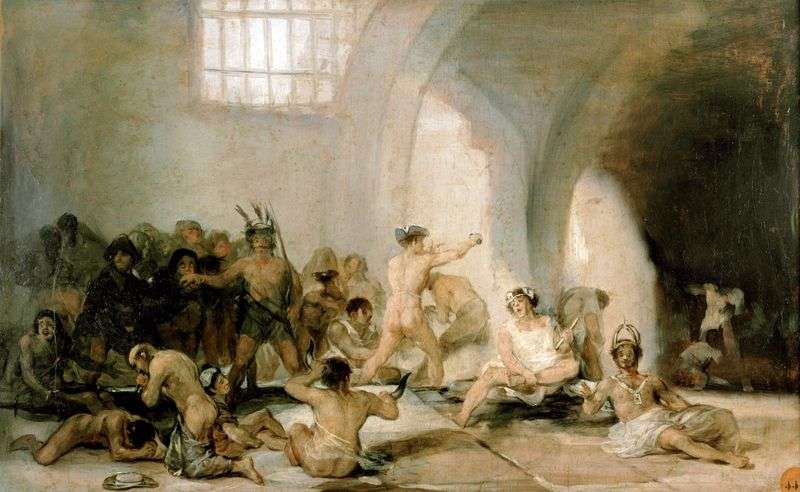
The picture is the interior of a madhouse. A vast room, reminiscent of a cellar, bare stone walls with arches. Light falls into the openings between the vaults and the
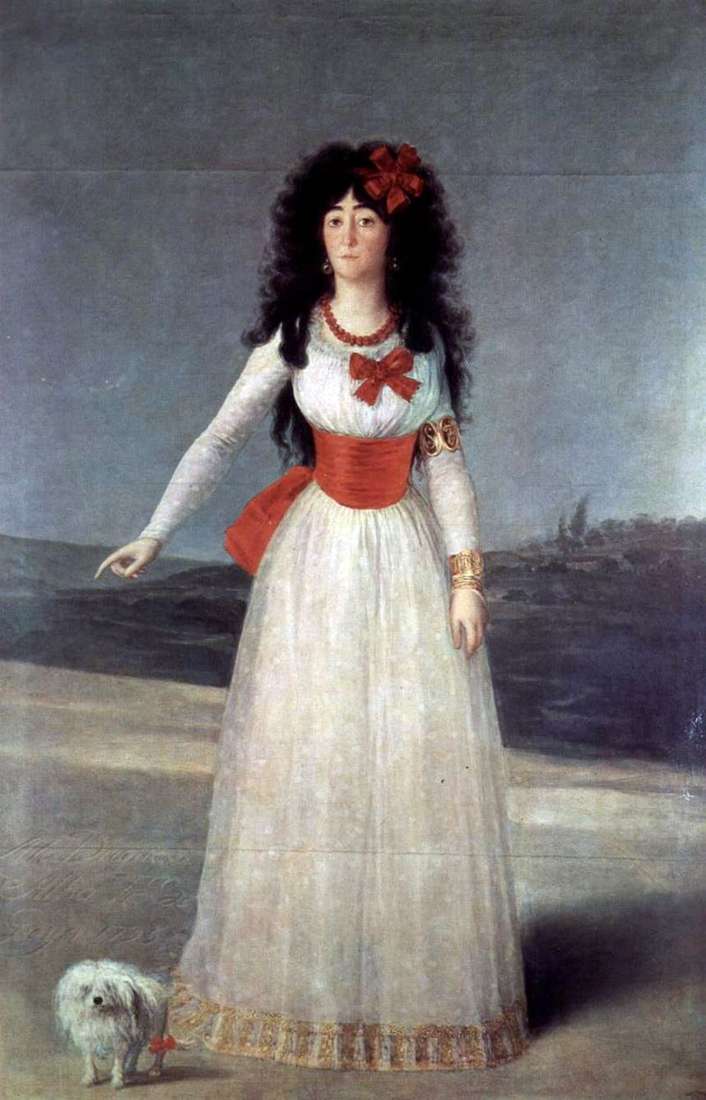
The Duchess of Alba came from an ancient, influential and very wealthy family. Her husband, the Duke of Alba, was pampered, inert, but very educated, fond of music. To his
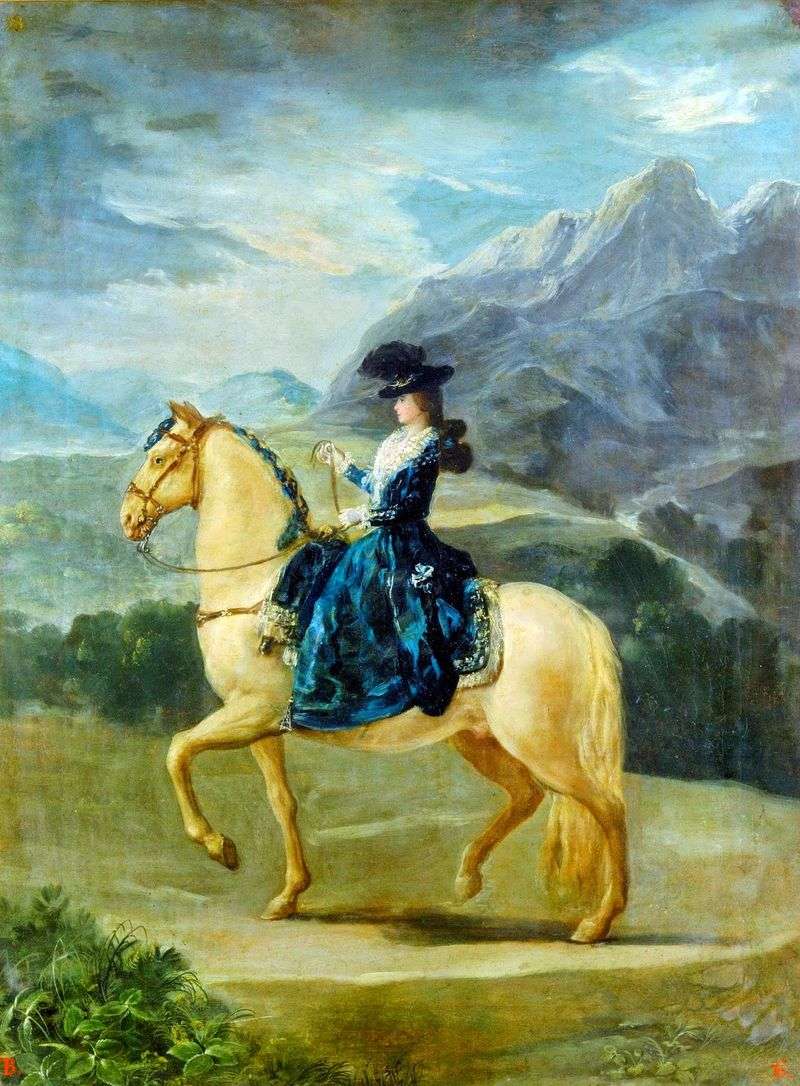
One of the most mysterious Spanish artists, Francisco Goya worked extensively at the royal court, where he painted this portrait of Maria-Theresa de Bourbon-i-Vallabriga, the future Countess de Chinchon, portraying